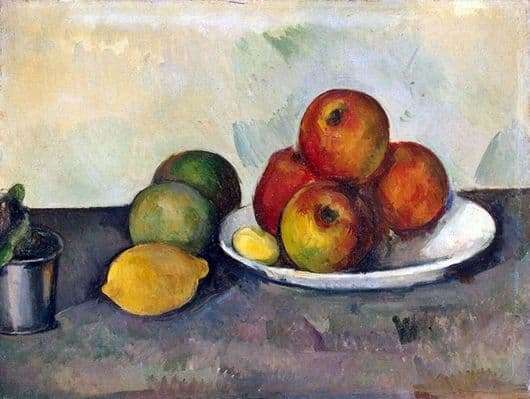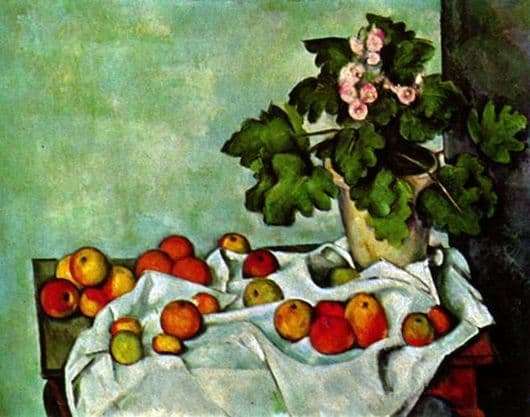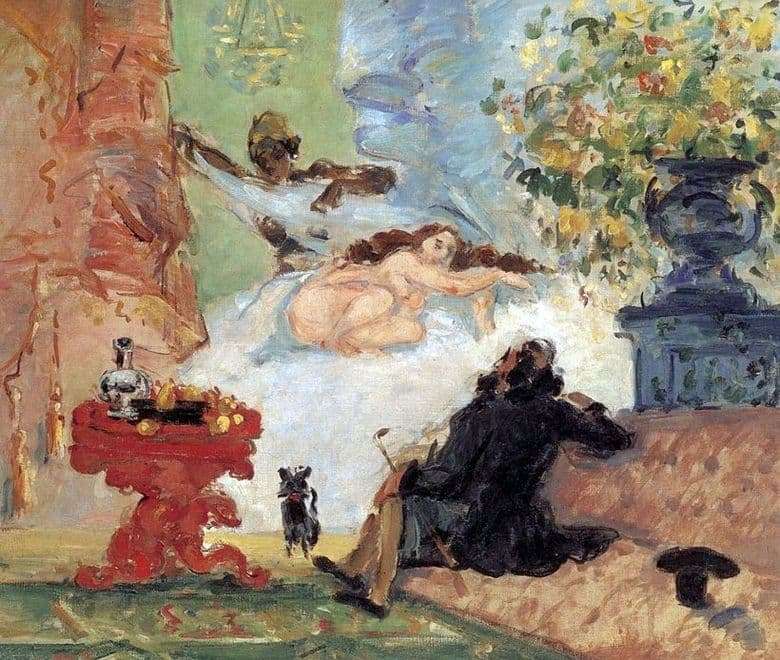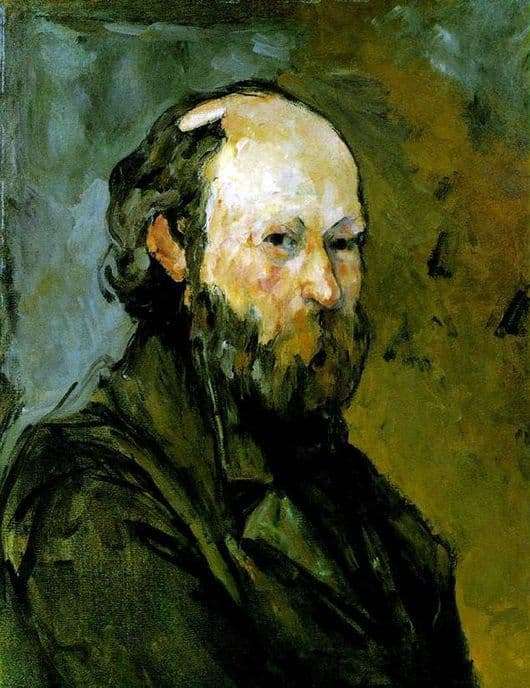
The picture “Bathers” refers to the synthetic period of the artist’s life, when he already revealed his style and began to actively develop it.
At the beginning of his career, Cezanne did not seek to paint pictures in the traditional style, involving copying and observing nature. Being bright and extraordinary in nature, he wrote to people and their passion, which was on the verge of dissonance with the world of nature, almost breaking the balance. Enlarged figures, drawn with confident strokes, speak of the character of the artist more than he wanted.
At the peak of her career, Cezanne begins to understand the beauty of naturalness and tranquility. His paintings begin to be smooth and tender, but the color scheme does not change. Watching the behavior of people, the master decides to create a cycle dedicated to bathers and bathers. This theme was not chosen randomly. Water represents tranquility, harmony, spiritual feeling. Going into the water, each person as if immersed in the bosom of nature, wanting to stay longer. Freedom and lyricism allows the plot to be transmitted through the gestures and postures of the bathers. The lines of the female bodies are smooth and lush.
The artist praises the natural beauty, which will soon be replaced by an artificial style. Girls personify fertility and blooming spring with its gifts.
The color is chosen unusually, but it is he who lets you feel the freedom and ease of the situation.
The girls seem not to notice the eyes directed at them, remaining joyful and friendly. The composition resembles a circle in which nature is included. The ordinary moment of man is conveyed as a moment of pleasure and union with nature. Green-yellow inclusions allow to discern trees curls, winding over the girls, like hair. The similarity of people and nature is not accidental, the artist does not separate one from another. The number of women indicates a connection with flora and fauna. Recalling that all earthly, the creation of the hands of God.
Description of the painting by Paul Cezanne “Bathers”







